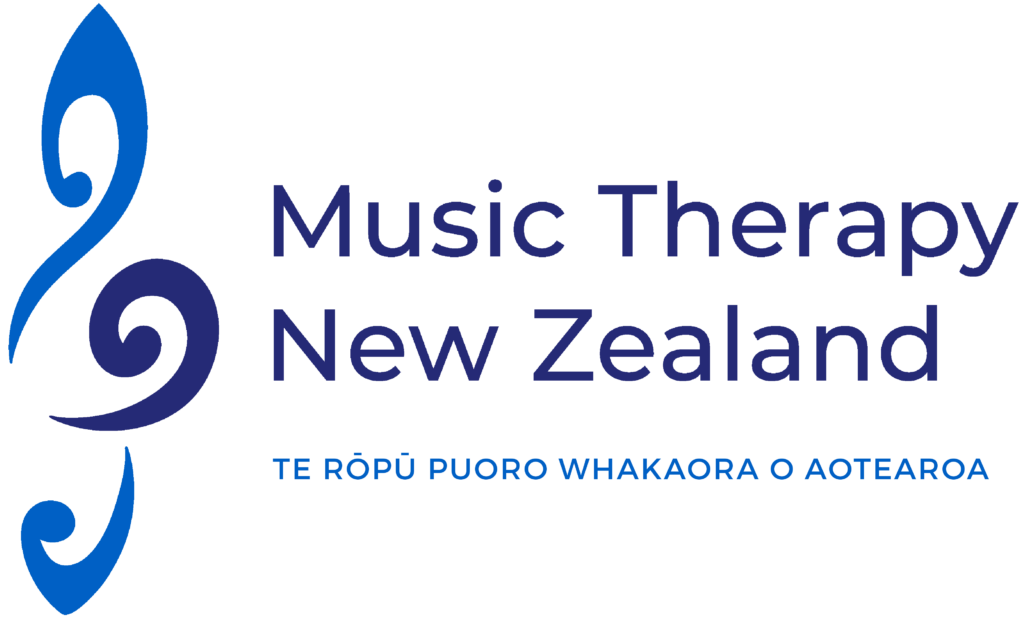Adler, R. S., & Samsonova-Jellison, O. V. (2017). Music Therapy for Multisensory and Body Awareness in Children and Adults with Severe to Profound Multiple Disabilities: The MuSense Manual. London, England: Jessica Kingsley Publishers.
Reviewer: Victoria Gac
BM, NZ RMTh, MT-BC
Raukatauri Music Therapy Centre, Auckland
In my first year as a new professional in the beginning stages of gaining clinical experience, literature with the keyword “multisensory” has always caught my eye, as understanding the sensory needs of clients is an important part of my professional development. Written by Adler and Samsonova-Jellison, Music Therapy for Multisensory and Body Awareness in Children and Adults with Severe to Profound Multiple Disabilities: The MuSense Manual (MuSense) is a resource for all professionals interested in viewing music therapy through a multisensory lens. Adler is a music therapy educator and clinician, and author of a musical assessment tool designed for music therapists working in aged care (Adler, 2001). Samsonova-Jellison is a music therapist and music educator who owns and directs a music studio that provides music lessons. Both authors are certified in Neurologic Music Therapy and work in California. They have authored a book that is versatile and has a three-fold purpose: (1) to educate the audience about the sensory needs of individuals with severe to profound intellectual disabilities, (2) to act as a reference and resource for music therapy interventions and activities, and (3) to provide relevant case study material useful to those implementing the sensory activities.
This publication is organised into three distinct sections. Part I details the foundations of sensory processing and development of individuals with severe to profound disabilities, providing a clear resource. Part II informs the reader of the MuSense programme and contains musical resources and activities for music therapists. This section includes structured MuSense activities and repertoire and explains how the different parts of the body process sensory information. Part III includes case studies representing different populations, with clear treatment plans and results. In addition to detailing how the MuSense programme is implemented, this section provides readers with case studies that show how it can be adapted and incorporated as part of an established therapeutic process. The overall structure and clarity of the book make it accessible for music therapists to use, both as a resource for enhancing their clinical practice and as a reference resource for multisensory-based clinical practice.
As a new professional who is gaining insight and experience in clinical practice, I found the first section to be the most helpful. In Chapter 1, the authors lay out the building blocks of sensory development, focusing on scientific aspects of sensory processing and later connecting it to music. The authors explain, in a way that is simple and informative, how the brain and body process sensory information. While music therapists are the intended audience, allied professionals and educators would benefit from reading the first section of the book. Adler and Samsonova-Jellison take great care in explaining through examples and analogies, conveying their ideas and research with straightforwardness and simplicity that makes The MuSense Manual user-friendly. Vignettes that vary in length and content about clients’ music therapy experiences are woven throughout the chapter, adding more depth and reality to the MuSense programme. Chapter 1 is linked in Chapter 2, which discusses the sensory difficulties experienced by individuals with intellectual and developmental disabilities, and how a multisensory approach can be applied within music therapy practice. It was evident to me that they placed value on the relational aspect of music therapy, understanding that the client-therapist relationship greatly contributes to the therapeutic experience. Adler and Samsonova- Jellison recognise the importance of the client-therapist relationship and offer music therapy examples through the lens of the multisensory approach.
Part II details how to implement the MuSense programme within clinical practice. The authors include reference tables regarding how therapists should assess clients. The assessment information provided in the chapter gives examples of the varying levels of behaviour and functioning. Music activities and song repertoire are provided alongside session plans that focus on a body awareness. While many of the songs provided are well known in the USA, they may not be as culturally relevant in Aotearoa New Zealand. For example, America the Beautiful is a suggested song for colours, but would not be well-known in Aotearoa New Zealand. However, the authors also include original songs that are adaptable and have musical depth and variety, and are especially useful for new music therapists looking to expand their music therapy toolkit.
The last section of the book, Part III, gives five contrasting case studies (representing different populations and age groups) and detailed more outcomes-based examples of implementing and incorporating MuSense. The case studies are written by Samsonova-Jellison and music therapy interns, with a focus on measuring client progress. This focus on data collection and client observations provides the reader with the expected client outcomes, which is clearly displayed in a chart. The focus in all of the case studies is on the outcomes and responses of the clients. As a new professional, I appreciate and gain more insight reading case studies that include the clinician’s thoughts and strategy changes than when I read result-based case studies.
The book also includes chapters not only regarding implementing the MuSense programme but also incorporate it into an already established therapeutic process. The neutral tone of the case studies allowed the focus to be on the results and progress towards goals and clearly conveys how to implement the MuSense programme. However incorporating more material about the therapeutic journey may have added depth and contextualised the case studies for the intended audience of music therapists.
I recommend this book to music therapy students, new professionals, and experienced music therapists adapting to a new clinical population, as a resource providing helpful assessment procedures for recording client background information and data collection charts. I plan to adapt the original music provided in the book into some of my sessions that are
focused on body awareness. Clinicians who are interested in implementing a multisensory approach will be able to after reading the clear introduction in The MuSense Manual. While the book is based in a behavioural approach and psychoanalytical music therapists might not find use out of the behavioural methods, music therapists working in an eclectic approach will find it useful and adaptable for their sessions where it is useful. Overall, this book is valuable resource that can strengthen and enhance a music therapist’s clinical practice.
Reference – refer to the full journal
Download Full Journal


